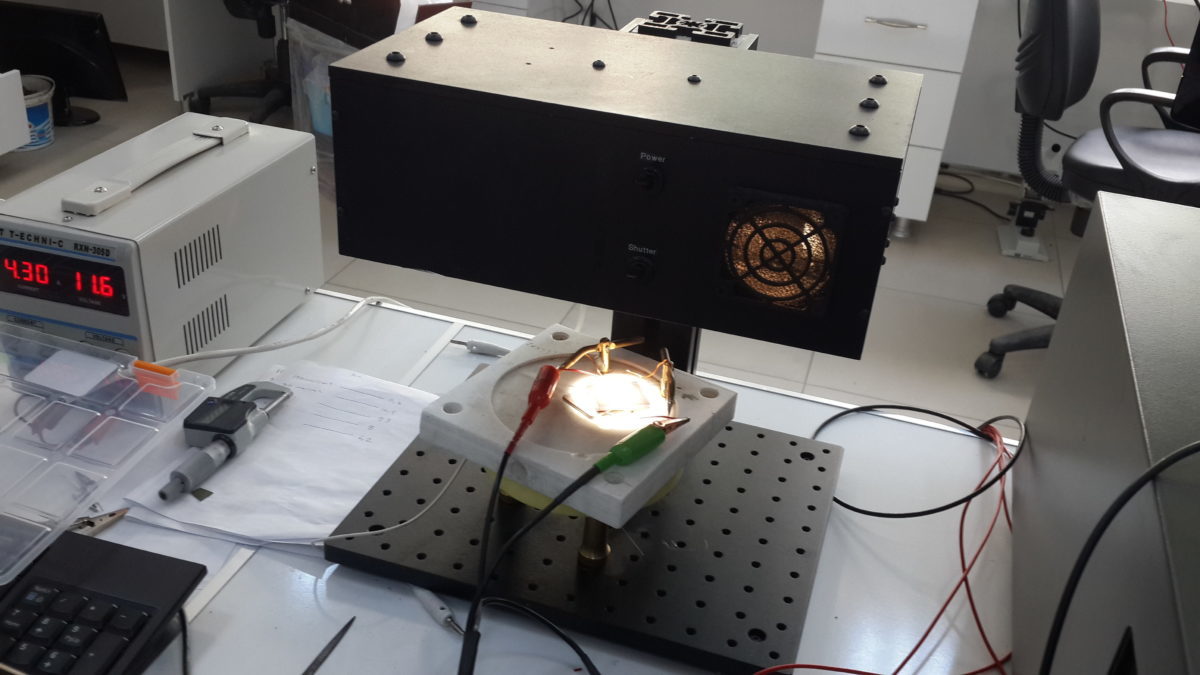From pv magazine International
Researchers at Turkey’s Firat University have tested how temperature changes affect the durability of solar glass under different operating conditions.
The scientists said they used two types of solar glass – referred to as A and B types – both 4mm thick and featuring light transmittance of 91.8% and 91%, respectively. Both materials were certified as the highest quality P1 grade. Light transmittance is a value indicating how much incoming light passes through the solar glass. That value, as well as that of the absorbance and reflectance properties of the two materials, were analyzed using a UV-3600 Plus Spectrometer.
The researchers said only the surface shape of the materials differed – all other properties, such as iron ratio, thickness and thickness tolerance, density, surface treatment, temper information and temperature resistance were similar.
The two types of glass were submerged in liquid nitrogen with the glass temperature reduced to -50 degrees Celsius and were then abruptly dipped in hot water of 50 degrees Celsius. “Temperature ranges are considered as cold after [minus] 50 degrees Celsius and hot from 20-70 degrees Celsius,” the scientists said.
For the full story, please visit our pv magazine International website.
This content is protected by copyright and may not be reused. If you want to cooperate with us and would like to reuse some of our content, please contact: editors@pv-magazine.com.









By submitting this form you agree to pv magazine using your data for the purposes of publishing your comment.
Your personal data will only be disclosed or otherwise transmitted to third parties for the purposes of spam filtering or if this is necessary for technical maintenance of the website. Any other transfer to third parties will not take place unless this is justified on the basis of applicable data protection regulations or if pv magazine is legally obliged to do so.
You may revoke this consent at any time with effect for the future, in which case your personal data will be deleted immediately. Otherwise, your data will be deleted if pv magazine has processed your request or the purpose of data storage is fulfilled.
Further information on data privacy can be found in our Data Protection Policy.